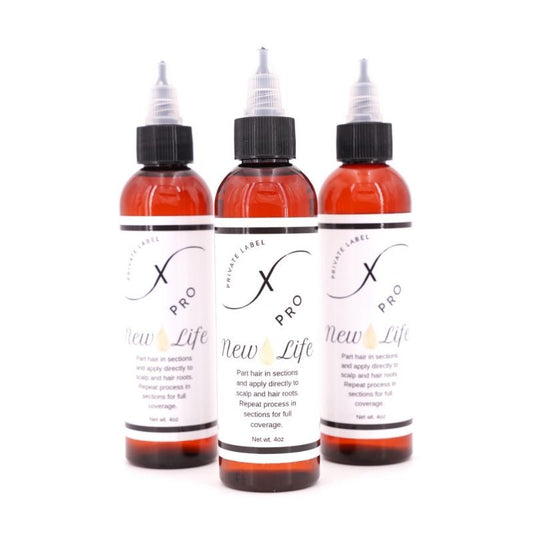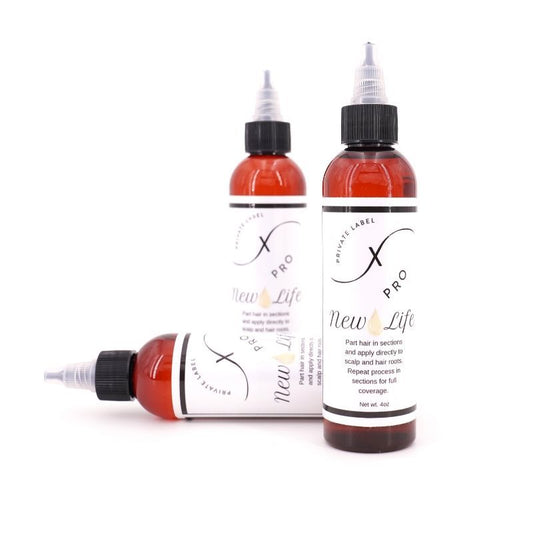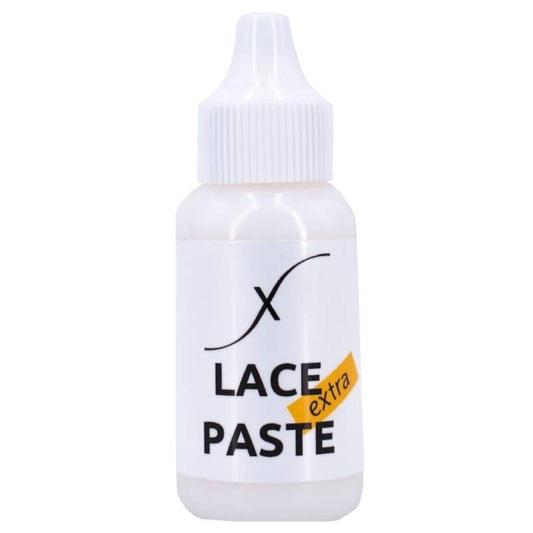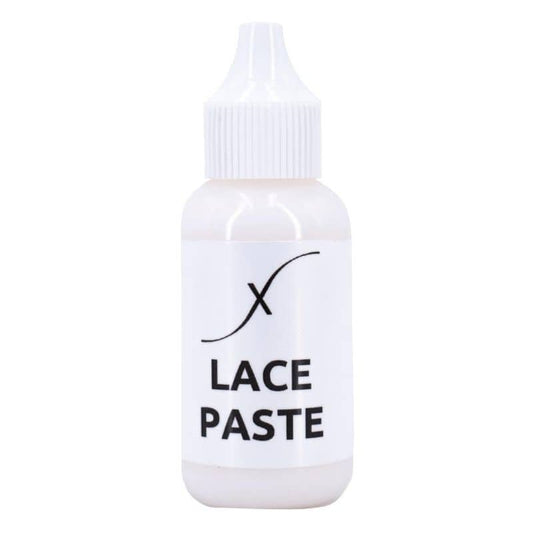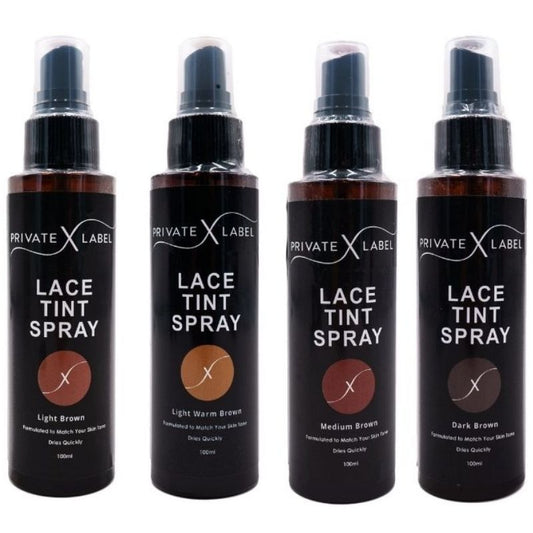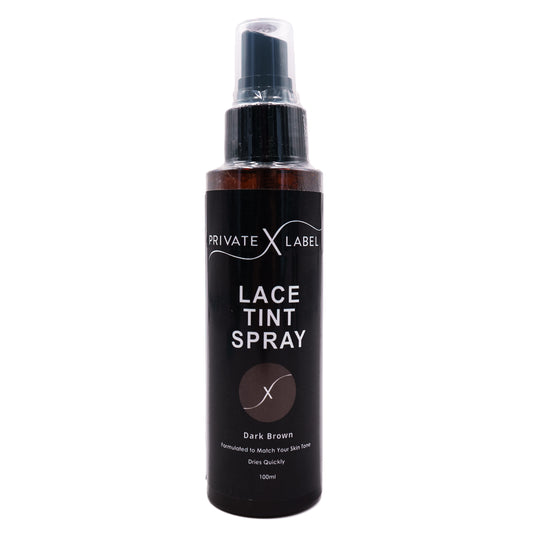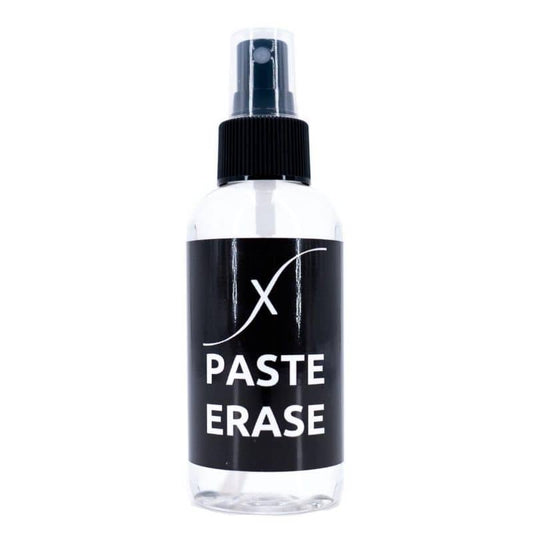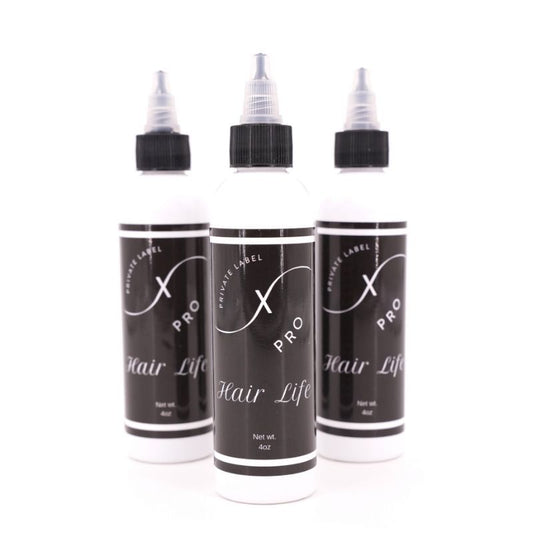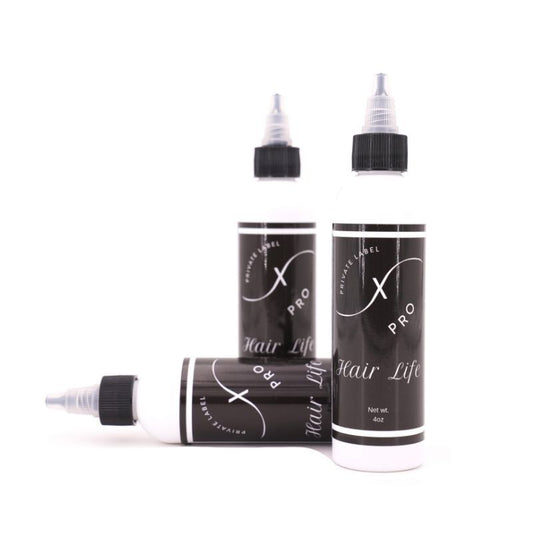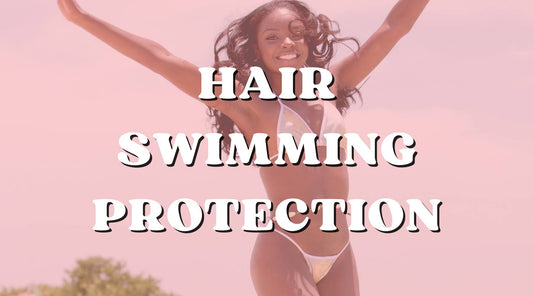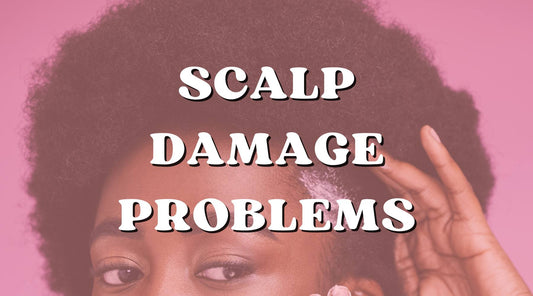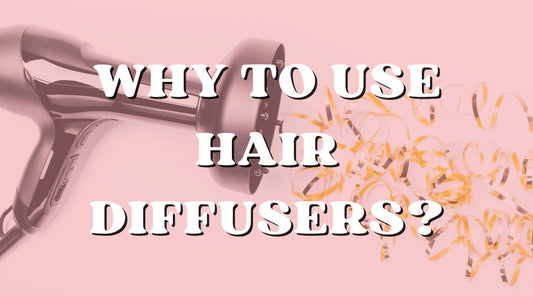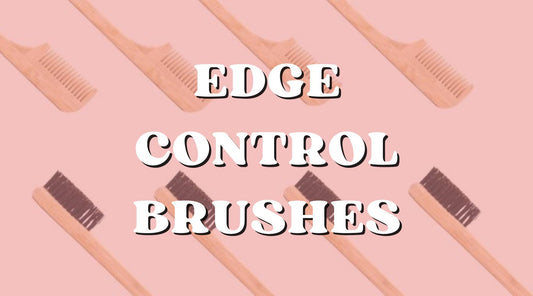1260 Memorial Drive
Atlanta, Georgia 30316
404-458-1330
The Signs You’re Using the Wrong Hair Tools for a Blow Dry
Mikey MoranBy the time we reach adulthood most women have a horror story, or two, about a hair tool that they've used in the past that went wrong for your blow dry!
Just watching an Instagram or YouTube tutorial might not be enough to teach you how to use your hair tools to achieve a specific hairstyle accurately.
Images of hairstyles that I see on social media and blogs inspire me.
However, all my inspiration quickly turns into frustration once I realize that the hair tools I'm attempting to use are the wrong ones necessary for the hairstyle.😔
Every step of your hairstyling journey requires a different set of hair tools. Let's look at some common hairstyles and what you should be using to achieve them.

Tools for Detangling Your Hair
Having detangled hair is the first step in achieving any hair hairstyle.
However, venturing into the tricky land of detangling can quickly become a burden if you don't have the proper tools to help you along the way.
The level of difficulty when detangling your hair depends on how curly or kinky your hair is, as well as how often you thoroughly detangle it.
Using the right hair tools will ease the process of unknotting your hair and will minimize breakage and shedding. If you find yourself fighting with your hair, then you're likely not using the wrong hair tool to detangle it.
There are two ways to properly detangle your hair, either while it's wet or while it's dry. If you're detangling your hair and you notice any ripping or snagging, then you need to double-check what you're using. It's best to use a wide-toothed comb or a Denman Brush to detangle your hair.
Wide-toothed combs are gentle enough to glide through your hair without snagging or pulling out your hair. Denman brushes have flexible silicone bristles that glide through your hair without getting tangled around your texture.
Tug of War
As you unknot your hair, make sure that your hair is coated with an oil or moisturizer to help your comb glide through your hair.
If you have curly hair, then your hair will look busy after you finish detangling and before styling. However, your hair should not look frizzy or stingy.
The wrong hair tool to use during a dry detangle is a fine-toothed comb. Fine-toothed combs have teeth that are placed firmly together, which don't allow your hair to glide through, causing some significant damage to your hair freely.
A sign that you're using the right tool to detangle your hair is that you can slip straight through your hair from root to tip without any pain and without your hair breaking off.

Signs You're Using the Wrong Tools to Blow Dry
Now that your hair is clean and detangled, it's time to start styling.
If your desired style requires heat, then you need to make sure that you're using the correct heat tool. With improper use, direct heat can be very damaging to your hair.
If you've noticed that your hair is frizzy, tangled, and unruly after a blow dry, then you've likely been using the wrong blow dryer and technique.
For smooth, shiny, and healthy hair, you need to make sure that you use a ceramic or tourmaline blow dryer.
Make sure that you're using the concentrator attachment and pointing the blow dryer at a downward angle so that all of your hair is blowing in the same direction.
Blow Dry Straight
If sleek and straight hair is your goal, then use a paddle brush or a wide-toothed comb to gently smooth through your hair as you blow dry.
Using a comb or brush during your blow dry works double duty as it promotes for your hair to stay straight by stretching it and it also helps the heated air from the blow drying to distribute evenly throughout your hair.
Blow Dry Curly
If you're aiming for a curly style, you need to use the diffuser attachment on your blow dryer.
To get the most out of your diffuser, you need to know the correct way to use it.
As you dry your hair, you want to tilt your head to either side and use the diffuser to gather your hair upwards toward your scalp. Once you've collected a section of hair, hold it toward your scalp for 5 to 10 seconds to help your curls set.
Continue drying your hair using this method all around your head until it is thoroughly dried. If your curls come out limp and lifeless, that means that you didn't hold the diffuser on your hair long enough.
Instead of turning up the heat, dedicate more time to concentrate on drying smaller sections.
Blow Drying for Curls
If your goal is to have smooth heat and styled curls, then you'll need to blow dry your hair with a tool that will give your hair body and prep for adding curls.
Try using a large round brush about halfway through your blow dry.
A round brush helps to add volume to your hair, which is what you need to set your spiral style off!
To use a round brush, you need to hold the handle firmly and pull the brush from the root of your hair to the midway down the shaft, then twist the brush so that your hair is around the barrel.
Hold the blow dryer over that section for a little bit, and then gently release the hair from the barrel. Repeat these steps until your hair has dried completely. If you notice that your curls are crunchy, then maybe the round brush isn't for you.
Skip the blow dryer entirely and try roller-setting your hair and sitting under a hooded dryer. Curls from a hooded dryer will take longer to achieve, but the hooded dryer does less damage to your hair.

Tools for Styling Your Hair
Now that your hair has dried, it's time to start styling it.
If you're going to use heat tools on your hair, then you need to use a heat protectant every time.
Most leave-in conditioners also have heat-protecting elements in them, so you can get a combination of benefits from both products. In addition to using a heat protectant, you need to make sure that you're using the right heat tool on the proper heat setting for your hair.
Read my article ''Best Flat Irons for Hair Extensions to Buy''. A tell-tale sign that you're using the wrong heat tool is if your natural curls have trouble reverting after you wash your hair.
If you notice that your curls are limp and lifeless, then you need to consider trying a different hair tool.

Flat Irons, Curlers, and Wands
When you want to smooth your hair out for a sleek and straight look, then you need to use a flat iron.
You may notice that it takes multiple passes to get your hair as straight as you want.
Consider using a flat iron that is smaller in width. Flatirons come in different plate sizes, so it's best to choose a size that correlates to how long and thick your hair is. Think about the size of a section of hair that you flat iron in one pass.
Your plate size needs to be broad enough to cover the entire part of the hair but not too broad so that it's difficult to isolate smaller sections for precision. The same applies to curling wands and curling irons.
You need to choose a barrel size that compliments the size of the curl that you want to achieve. Smaller barrels will give you tight spiral curls. Larger barrels will provide you with big curls or beach waves.
If you've noticed that your curls have turned out hard and crunchy, then try lowering the temperature setting.
Also, you can make sure that you're not forcing your hair around the barrel. Instead, gently hold your hair around the barrel to create a soft curl.
Ponytails and Braids
Styling braids and ponytails may seem like a no-brainer.
But if you're using the wrong tools, you'll find yourself banging your head against the wall. You need to use the right hair tools to get your style to look neat.
Even if you're going for a messy look, you still need to use the right tools and techniques to achieve the hairstyle. If you notice that your braids are looking puffy and sloppy, then you need to switch up your hair tools.

Tools for Braids
The best way to get neat braids is to part your hair precisely.
Whether you're aiming for some fly cornrows or on-trend box braids, you need to make sure that your parts are straight and even.
If you're having trouble with this step, try using a fine-toothed comb. Fine-toothed combs are perfect for braid styles because they serve as a two-in-one tool.
You can use the tail end to section off the hair you need and then flip the comb around and use the small teeth to help gather the hair into the section you're smoothing.

Styling with Brushes
If you're trying to achieve a sleek ponytail, then you need to have a boar bristle brush on hand.
If you're using the wrong brush, then your ponytails will look loose and frizzy.
Make sure that your hair brushes are 100% boar bristles. Don't trust the tag. You're going to have to look carefully and make sure that there is no plastic on your hairbrush.
You can also inspect the brush by running your fingers across the bristles. Boar bristles will feel like fine pieces of hair. Plastic bristles will feel hard and will not be flexible.
Use a little edge control and then smooth your brush over the hair that you wish to pull taut. It's best to secure your ponytail with a brush to help tame any fly-aways.

To Use or Not to Use
There are hundreds of hair tools on the market to address a plethora of hair issues and styling needs.
It's essential that you purchase the hair tool that is best for your hair type and the outcome you desire.
Don't select your hair tools based on popularity and current trends. If you're not careful, you'll end up buying the wrong hair tools and end up with a head full of regret.
Also check the Best 10 Air Dryers for Blowouts!

Use Your Tools in Moderation
Many women have sworn off the use of hair tools altogether.
I believe that hair tools are best in moderation.
Your decision to use hair tools should depend on the current condition of your hair and your hair goals for the future. It's crucial that you use the right hair tools for your hair type.
In addition to using the best tools for your hair, you also need to make sure that you're fighting against any damage that your hair tools may cause.💪🏾
Make sure to check the PLE blog regularly for tips on how to keep your hair healthy.
Follow us on Instagram @privatelabel for more hair inspiration. Leave me a comment and share how you fight hair damage and what hair tools are a no-no for your hair.

